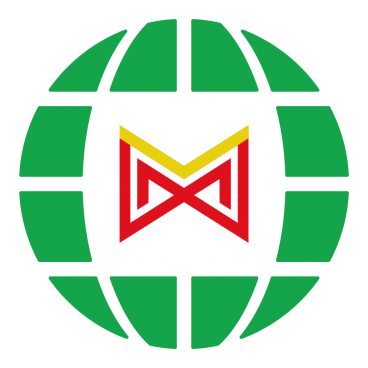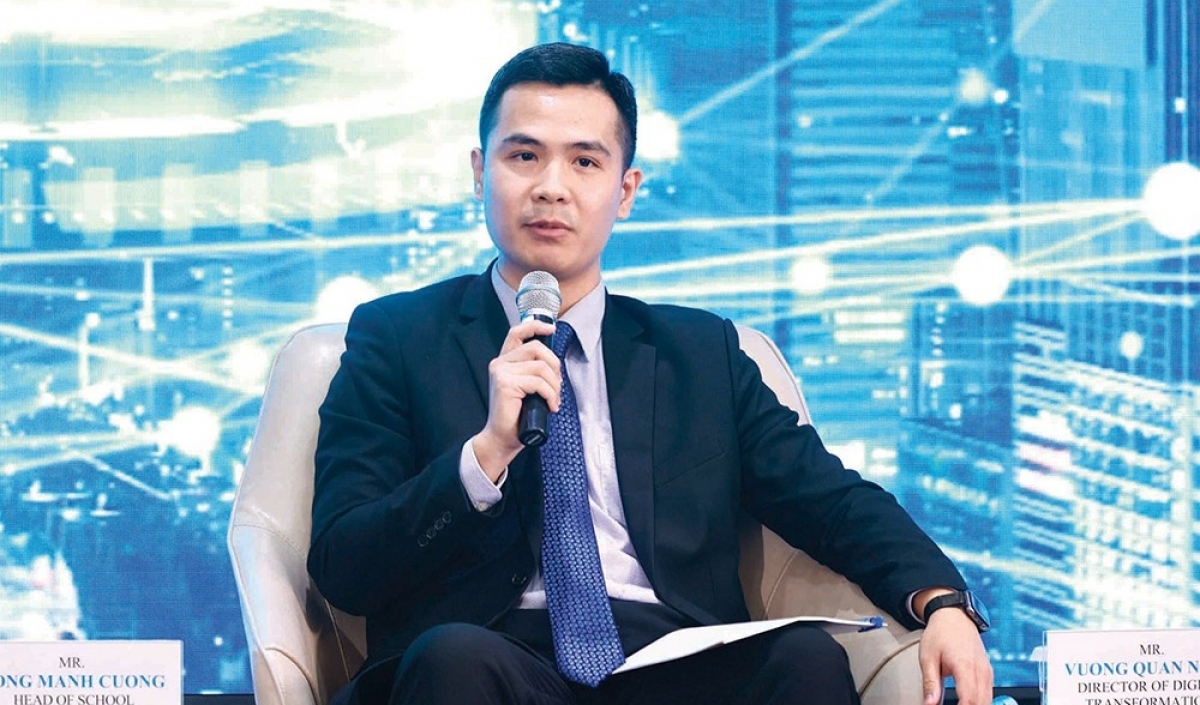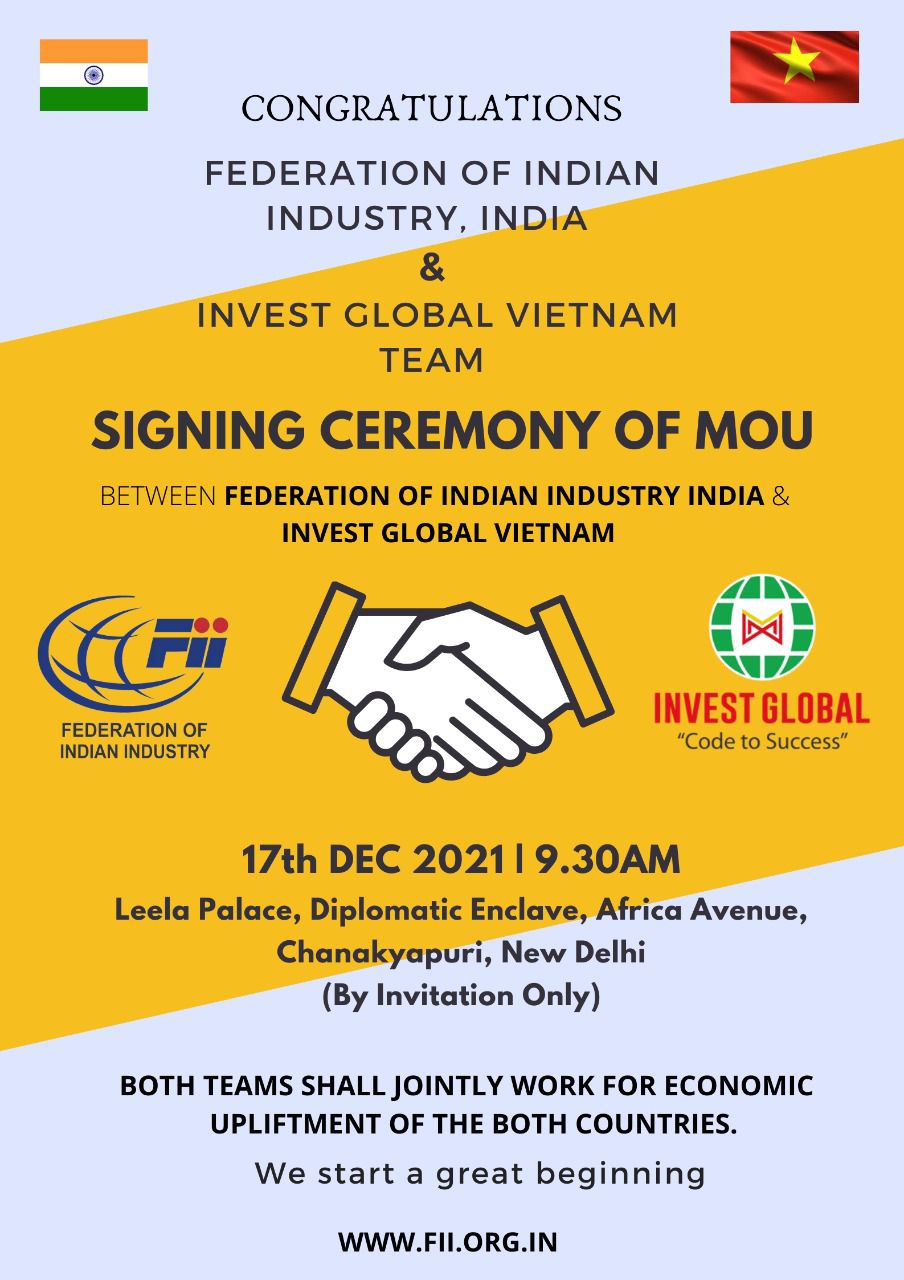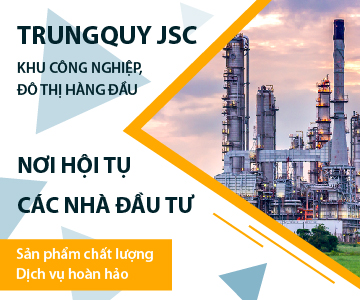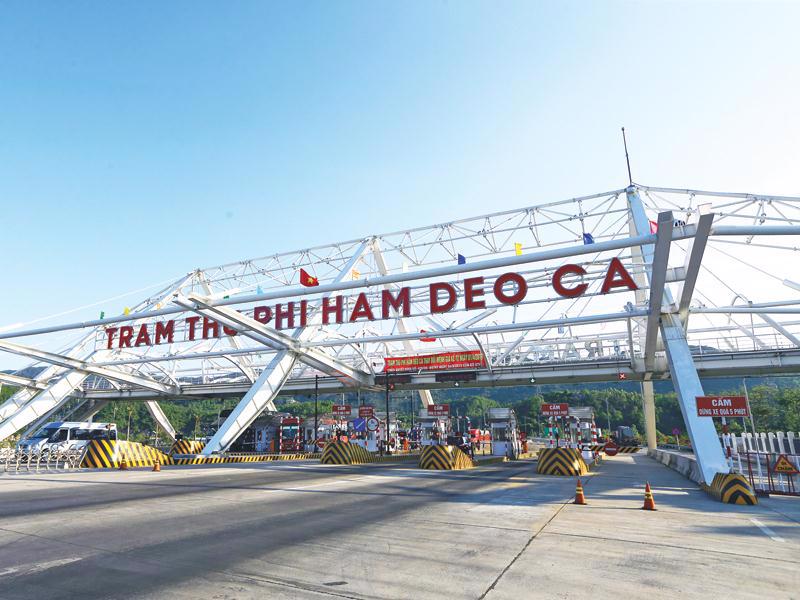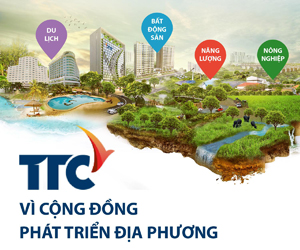INTERNATIONAL INVESTMENT
AND PORTAL

The long-term outlook for global trade remains constructive, even as short-term headwinds persist. Citi Research expects trade flows to continue expanding over the medium term, underpinned by resilient consumer demand, ongoing investment in technology, and diversification of supply chains.
Asia stands out as the engine of this growth. The region is projected to account for 40 per cent of global trade flows by 2027, up from 34 per cent in 2010. Trade corridors within Asia are expected to grow between 1 per cent and 7 per cent annually from 2018 to 2027, reflecting rising intra-regional integration and shifting supply chains.
Vietnam is poised to be a significant beneficiary of this momentum. With its strong export base in electronics, textiles, and increasingly higher value-added sectors, Citi Research projects that Vietnam could become the 11th largest exporter globally within this timeframe. Its deepening trade ties with the US, EU, and Asia are reinforcing this trajectory, further embedding Vietnam into the global trade ecosystem.
How are global supply chains evolving amid shifting economic and geopolitical dynamics?Supply chains today are more global, interconnected, and technologically enabled than ever before. The pandemic and recent geopolitical tensions have exposed vulnerabilities in traditional just-in-time models, prompting companies to rethink how they manage resilience, cost, and flexibility.
Citi’s Global Supply Chains Reset report highlights that over 70 per cent of multinational corporations are diversifying their sourcing and manufacturing footprints, with ‘China+1’ strategies now becoming mainstream.
As part of this diversification, ASEAN- and Vietnam in particular – has emerged as a preferred hub. Citi Research notes that Vietnam accounted for nearly 37 per cent of manufacturing relocations from China since 2018, underscoring its rising importance in global value chains. Factors driving this include competitive labour costs, a growing domestic market, supportive government policies, and extensive free trade agreement coverage.
Foreign direct investment (FDI) has followed this trend. Vietnam recorded strong inflows in recent years, particularly from Japan, Korea, Singapore, and Greater China. Citi economists expect this momentum to continue. The combination of resilience, digitalisation, and diversification is reshaping how supply chains operate- and Vietnam is firmly at the centre of this shift.
What key trends are driving Vietnam’s continued trade growth and deeper integration into the global economy?Vietnam’s trade growth reflects four interrelated trends that Citi Research identifies as defining the next phase of the country’s integration into global commerce.
Multinationals are actively diversifying production to Vietnam. A Citi survey on supply chain financing found that over 40 per cent of global respondents said they are either moving or considering moving production to Vietnam, making it the top choice outside China.
Vietnam's FDI disbursements reached a record high of more than $25 billion in 2024, with manufacturing accounting for the largest share. This steady inflow of capital is driving new industrial capacity and supporting technology transfer.
Intra-Asia trade flows now represent nearly 60 per cent of Asia’s total trade, and Vietnam is well-positioned within this network. The country has become a crucial supplier of intermediate goods to regional manufacturing hubs, particularly in electronics and semiconductors.
Vietnam’s push to digitise its economy is also accelerating trade. Government initiatives, coupled with private sector innovation, are strengthening logistics, e-commerce, and cross-border payments. This aligns with Citi’s findings that digitalisation is a critical enabler for supply chain resilience and growth.
The combined impact of these trends is that Vietnam is transitioning from being primarily an assembly hub to becoming a central player in global value chains, particularly in high-tech and green manufacturing sectors. In Citi’s view, this shift solidifies Vietnam’s role as a trade and investment destination of global significance.
During my trip to Vietnam for meeting clients across the spectrum, I was impressed by the optimism and future opportunities that clients saw in Vietnam. They have been actively considering new investments in the country to capture those great potentials.
As a long-established global bank in Vietnam, how is Citi helping the country deepen its integration into global trade networks?Citi has been present in Vietnam for over 30 years and remains one of the top international banks supporting both multinationals and local corporates. Citi plays a pivotal role in helping clients capture opportunities from shifting trade and supply chain dynamics.
First, long-term financing is critical as companies build out production capacity in Vietnam. Citi, often working alongside export credit agencies, structures long-tenor loans to support capital-intensive investments in manufacturing and infrastructure.
Second, Citi enables supply chain finance solutions that allow Vietnamese suppliers to access working capital, monetise receivables, and scale production while investing in research and development. Such programmes significantly improve liquidity for small- and medium-sized enterprises, enhancing their ability to participate in global supply chains.
Third, Citi’s commercial banking arm extends direct funding to local suppliers, including subsidiaries of global corporates, providing seamless financial support across multiple markets. This end-to-end approach helps integrate Vietnamese firms more deeply into multinational ecosystems.
Finally, Citi’s digital platforms and treasury solutions streamline cross-border flows. From import/export financing to FX risk management, Citi acts as a one-stop shop, ensuring clients can move capital efficiently.
With trade corridors shifting and supply chains becoming more complex, Citi’s global reach and local expertise provide clients with the resilience and agility they need.
By providing financing, trade services, and digital innovation, Citi is supporting its clients while contributing to Vietnam’s continued ascent as a key player in the global trade system.
 Citi: Vietnam and India may benefit most from supply chain shifts
Citi: Vietnam and India may benefit most from supply chain shifts
The latest Citi Global Perspectives and Solutions (GPS) report has found that Vietnam and India could benefit the most from supply chain shifts thanks to the similarities in industrial structure.
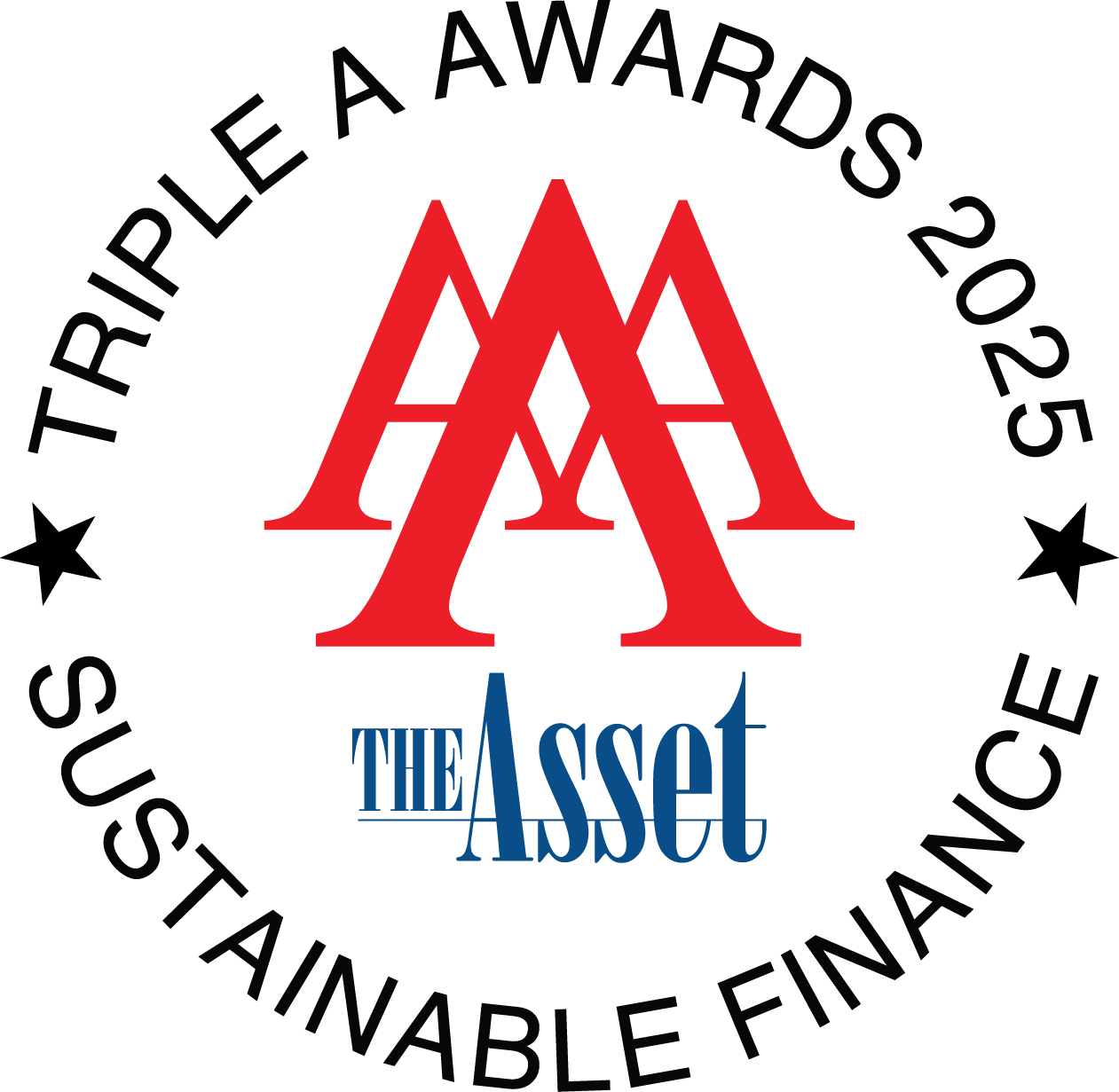 Citi Vietnam named best commercial bank
Citi Vietnam named best commercial bank
The Asset Triple A Sustainable Finance Awards 2025 honoured Citi Vietnam in the category of local Best Commercial Bank.
 Citi Vietnam empowers employees through AI Days
Citi Vietnam empowers employees through AI Days
Citi Vietnam is strengthening its commitment to an AI-driven future by hosting a series of “Citi AI Days” in Ho Chi Minh City and Hanoi.
